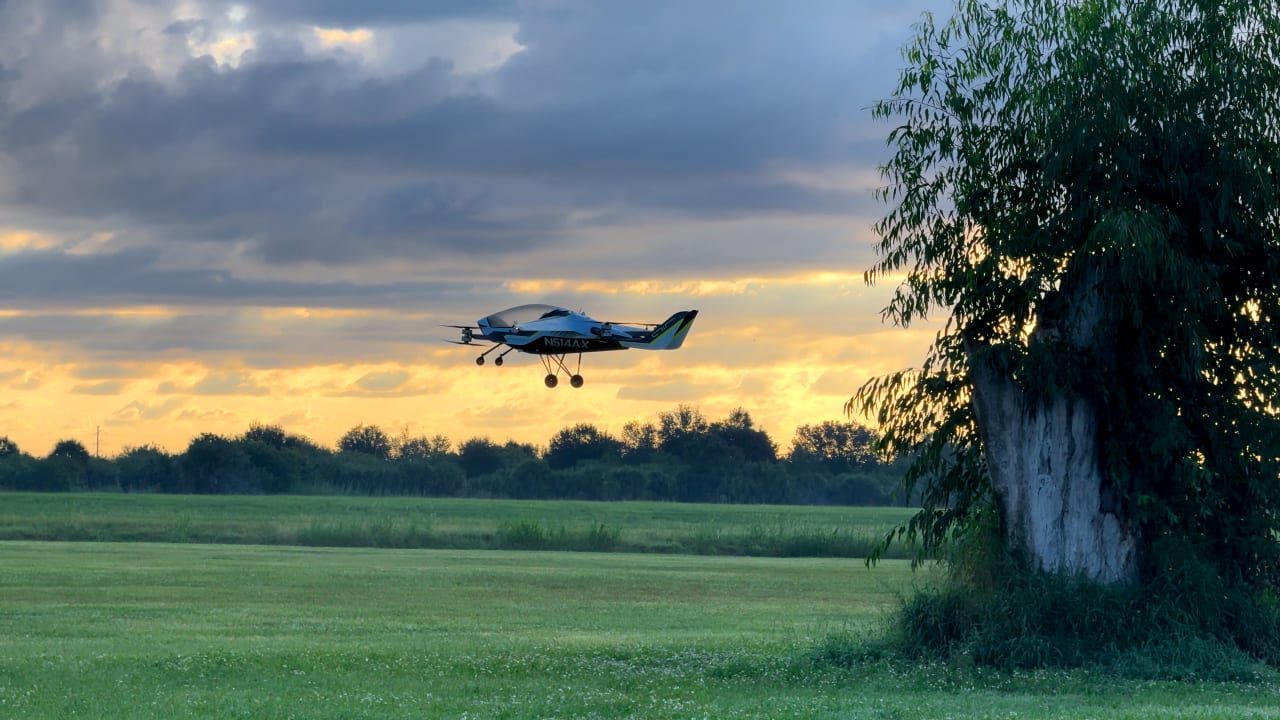Jerusalem Post
Stone tools and ancient grains in a cave in Uzbekistan tell a new story.
Researchers reported 9,200-year-old evidence of plant use and wild cereal harvesting from Toda Cave in southern Uzbekistan, arguing it represented a precursor to agriculture and broadened where and how early farming behaviors developed, according to Popular Science. The team’s study appeared in PNAS.
An international team began excavations at Toda Cave in 2019 in the Surkandarya Valley and uncovered stone tools, charcoal, and plant remains, including wild barley (Hordeum vulgare), pistachios, apples, and oleasters, ORF Science reported. The finds included 9,200-year-old pistachio shells, apple seeds, and barley grains, and analyses suggested the region - now very dry in the rain shadow of the Pamir Mountains - had a wetter climate at that time. Evidence from tool wear indicated that people harvested wild barley with stone sickles and used blades predominantly made of limestone to cut plants.
Zhou said the behaviors documented at Toda Cave mattered for models of how farming emerged. “These early hunters and gatherers were already connected with the cultural practices that led to the origins of agriculture,” said Robert Spengler, a co-author from the Max Planck Institute for Geoanthropology in Jena who led the archaeobotanical work. Spengler also argued that cereal domestication could occur without human intention.
The cave lay thousands of kilometers northeast of the Fertile Crescent and roughly at the latitude of Athens. Many cultivated plants such as wheat, barley, and legumes traced their origins to the Fertile Crescent, and paleoarchaeologists attributed early cultivation of barley, legumes, and wheat to the Natufians about 10,000 years ago. Domesticated barley appeared in the Fertile Crescent about 8,000 years ago, with origins in present-day Iran. Researchers noted that the transition to agriculture developed in multiple places and times.
If the grains from Toda Cave represented early wild barley cultivation, they suggested another ancient hub of experimental farming, either independent of the Fertile Crescent or arriving in the area earlier than currently thought. The PNAS authors also challenged the idea that wild cereal cultivation was solely a response to climatic change, citing the southern Uzbekistan evidence.
A key question remained whether people in present-day Uzbekistan developed these behaviors independently or adopted them from the Fertile Crescent more than 2,500 kilometers away; researchers said both scenarios were possible and relationships between the regions were unknown at that time. Closer analysis of the barley grains and broader surveys across Central Asia were needed to determine the reach of these early traditions.

















